By Kasim Yeung and Ben Lau
The United States Soccer Federation (USSF) introduced a new concussion policy in early November 2015, which limits heading the ball in youth games. This safety initiative is not the first time that a major sports organizations has been forced to change its protocols surrounding brain injuries and concussions. Along with the USSF, the National Football League, the National Hockey League, and the National Collegiate Athletic Association have all faced lawsuits regarding brain injuries. The rising discussion surrounding concussions and brain injuries has been entered into because of the 1.6-3.8 million Americans suffering a sports-related concussion every year.
A controversial issue surrounding concussions and brain injuries involves allowing players to play despite having a head injury. These incidents are seen far too often in professional sports when a player gets hit hard in the head and is obviously badly shaken up yet continues to play. Achilles Walker, the MVHS athletic trainer, has had to treat six athletes for concussions this past winter. He follows a concussion protocol whenever a player faces trauma to the head.
“The protocol is a basic sideline test that we go through. There’s three questions we ask. ‘Do you have a headache?’; ‘Do you feel nauseous?’; ‘Do you feel tired?’” Walker said. If they answer yes to one of those or two of these questions, Walker checks their twelve cranial nerves by checking their balance, reaction to light, eye focus. If the athlete says that any of these tasks are difficult or some evidence from the test show there most likely is a concussion. Diagnosing a concussion is an essential step because knowing about a concussion as early as possible helps the recovery process.
An increasingly more relevant topic in today’s society is the effect of brain damage from sports on adolescents. When an adolescent suffers multiple traumas to the brain, it creates the potential for long term effects. Maeve Donovan, a sophomore at Mountain View High School, has suffered three sports-related concussions, each of them increasing in severity.
“The first time it took a few days. The second a few weeks. And the third eight months. And I still have some of the problems today even two years after my last one,”Donovan said. Recovering from a concussion requires both physical and mental rest for a period of time that ranges from one week to a few months.
“I was not able to focus in class at first for more than 10 minutes at a time. It always felt like I had a constant buzzing sound in my ear. I had to drop a few classes and take naps in the day so school became very difficult,” Donovan said. These symptoms guarantee students to fall behind in school, especially if these symptoms are stretched over a long period of time as the case was with Donovan.

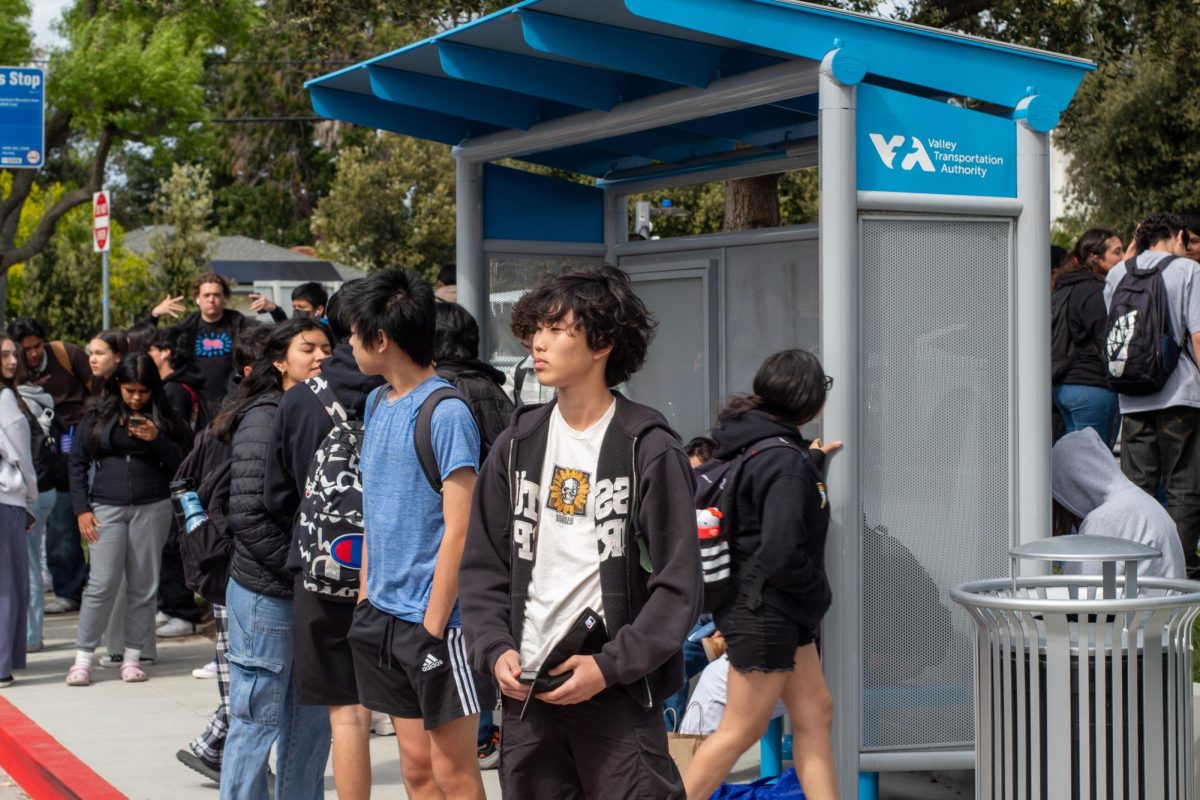
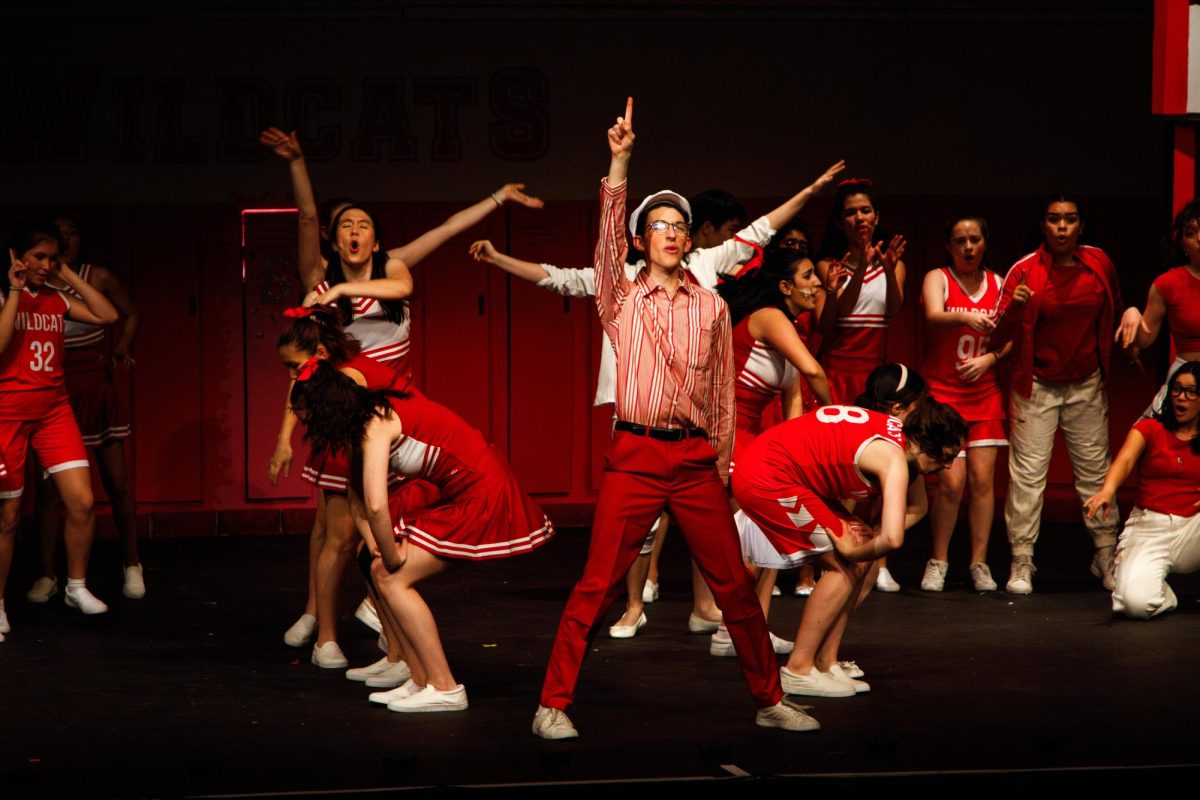
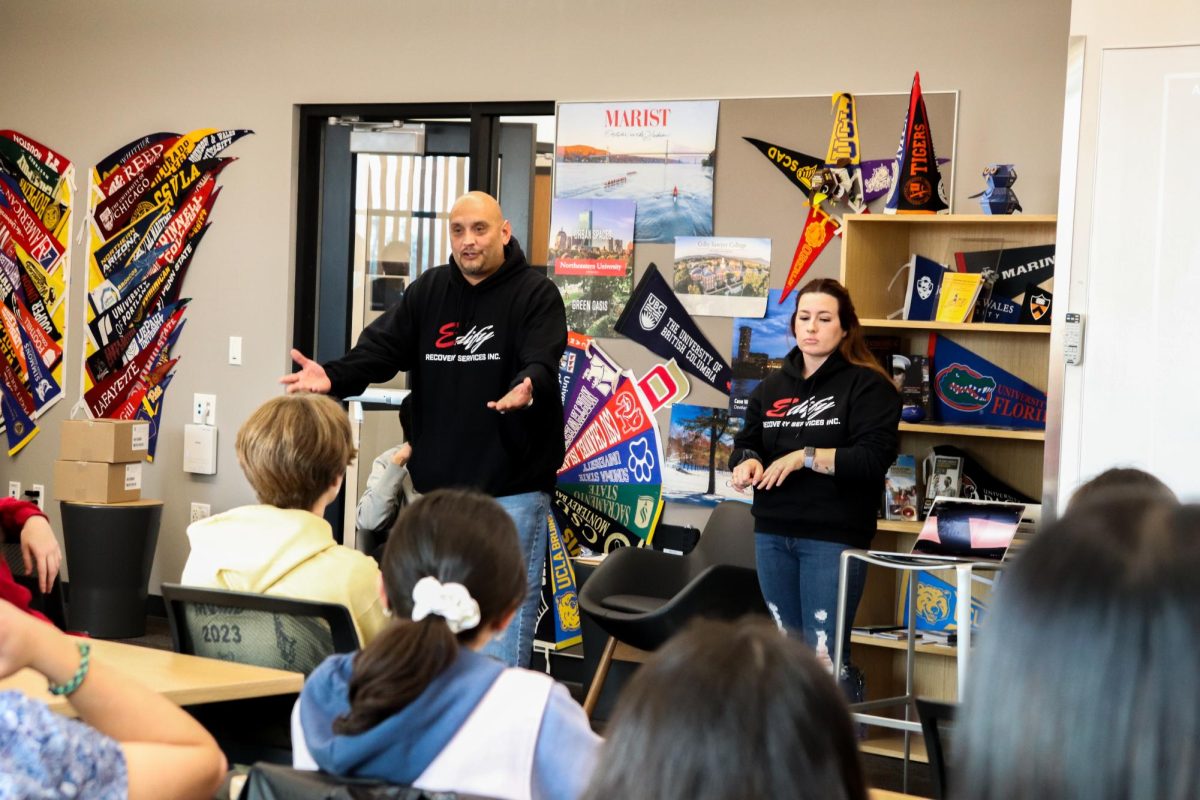


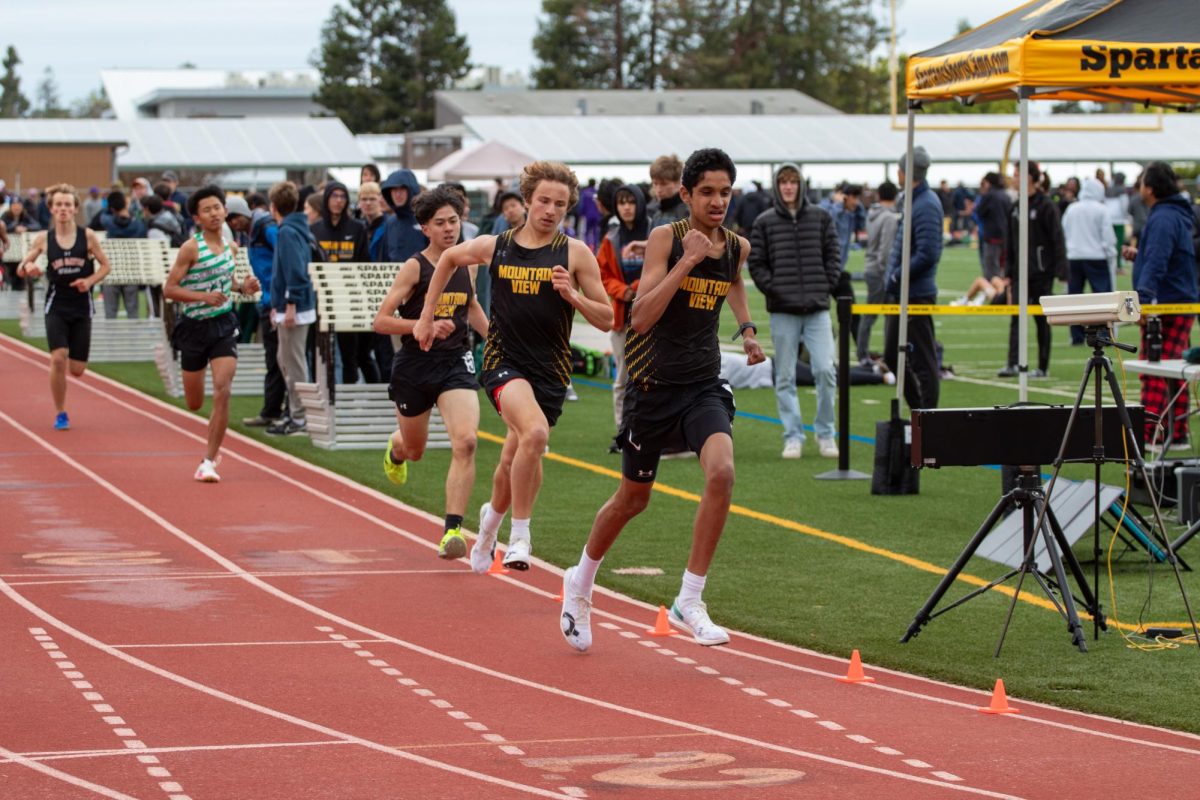
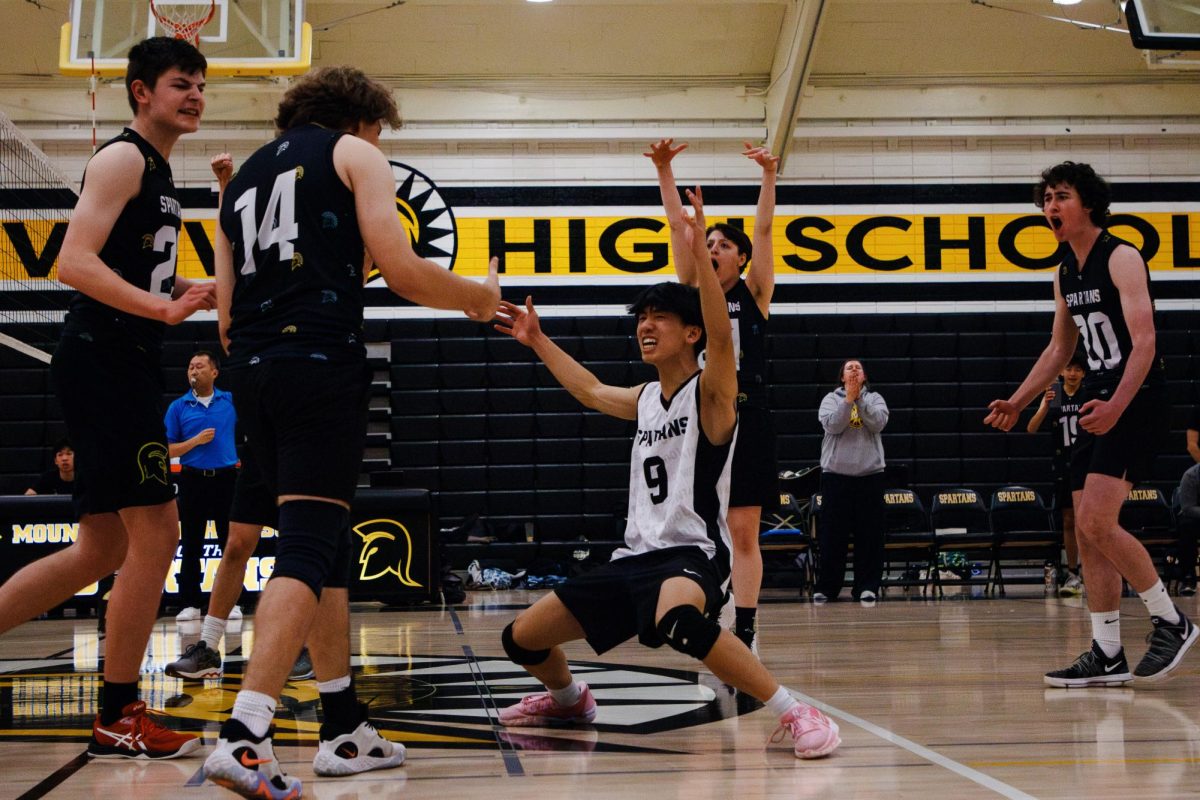
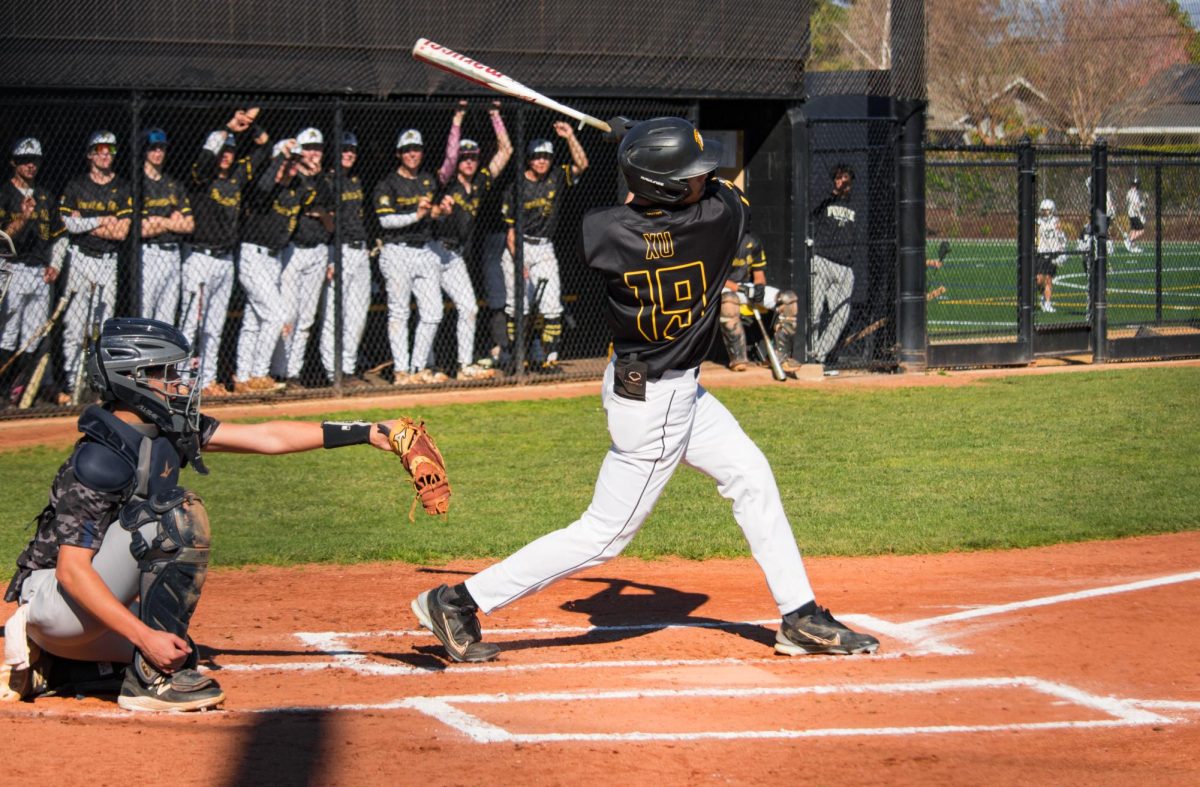
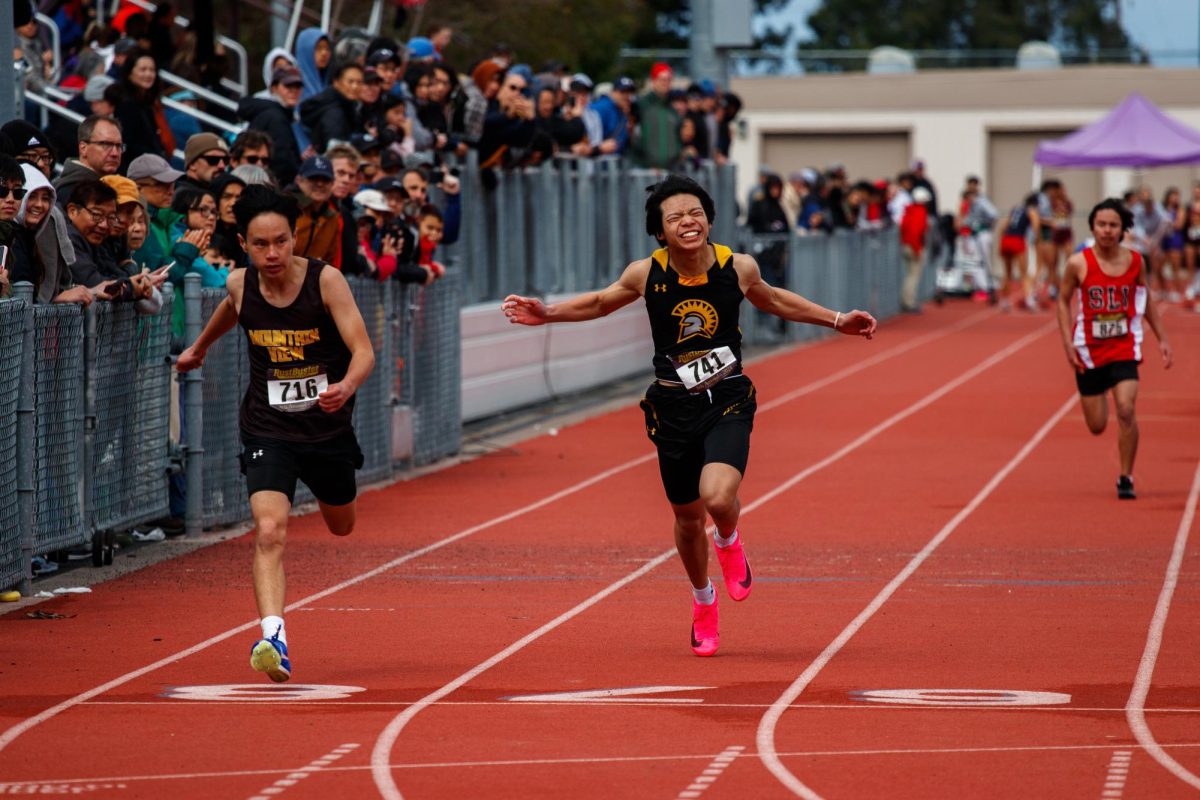

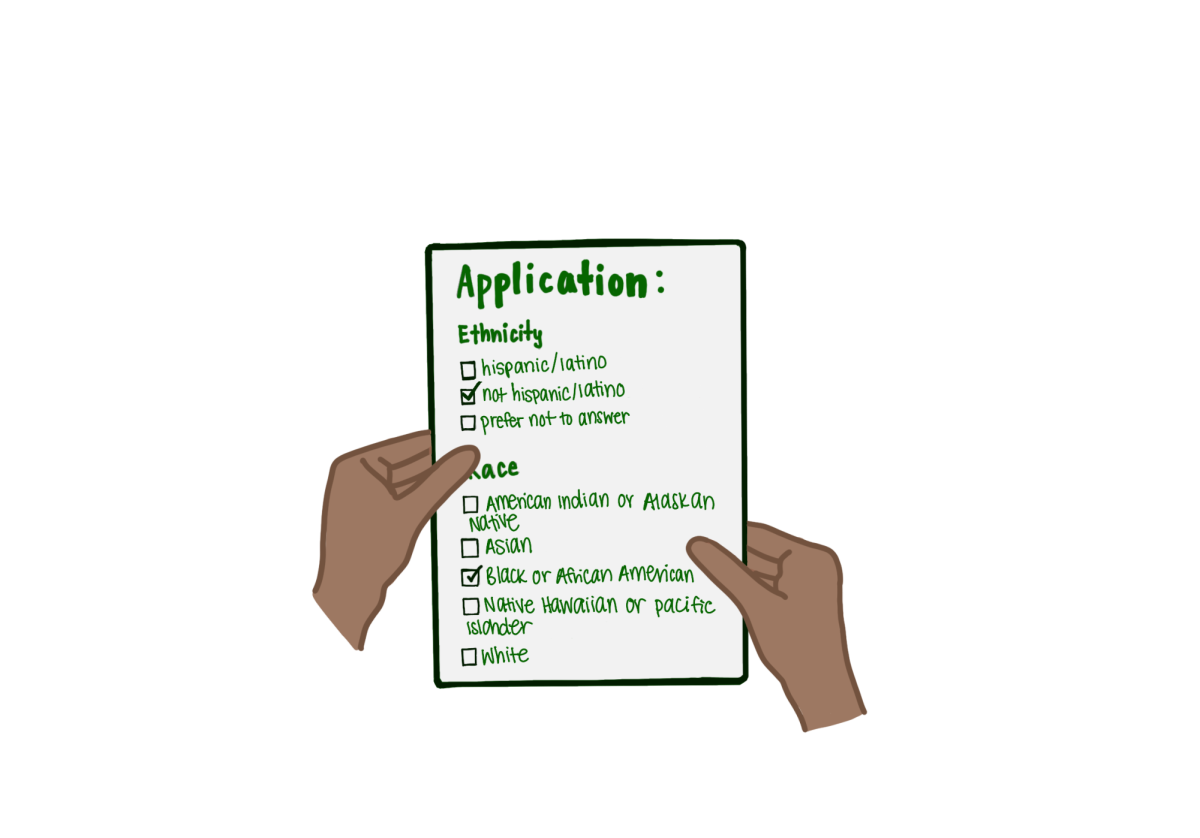


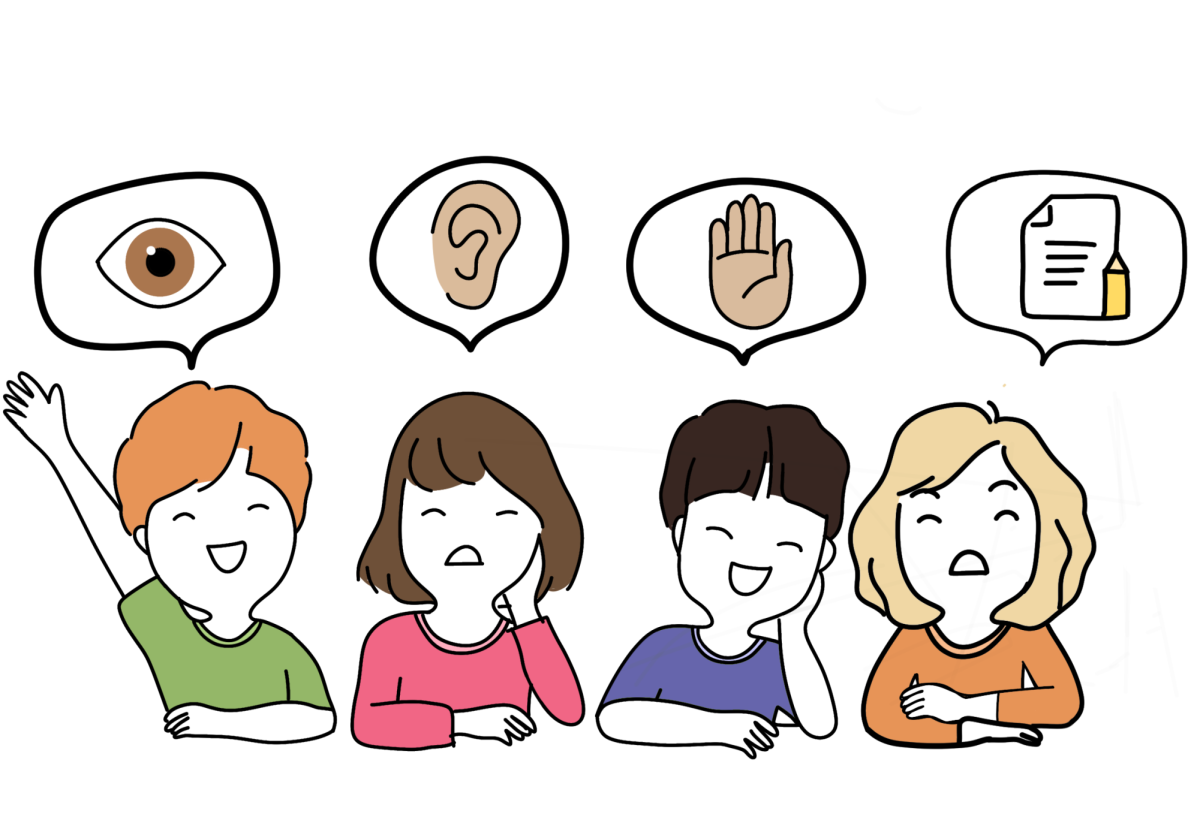


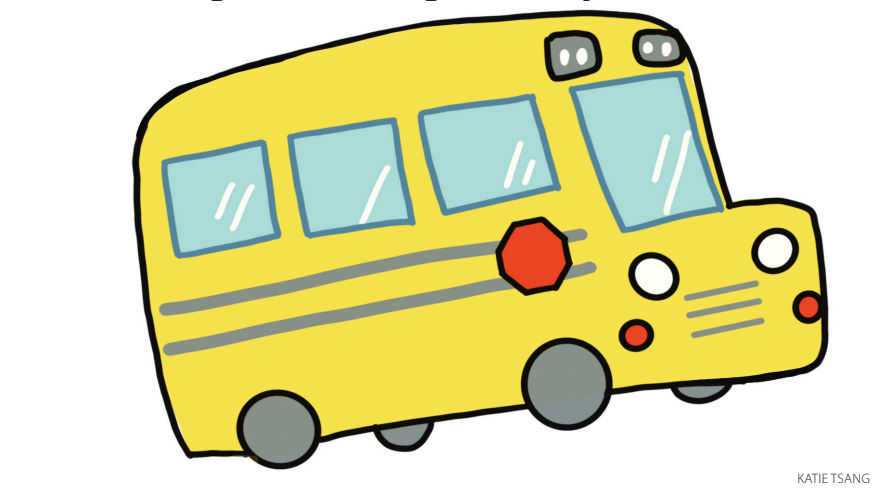
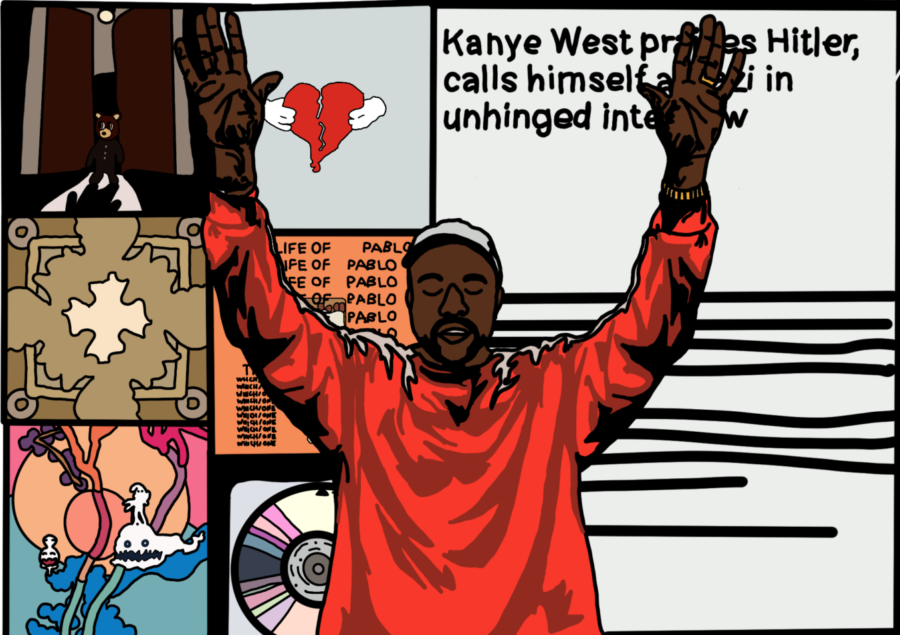
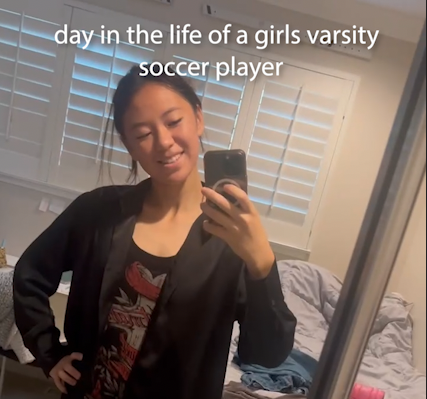
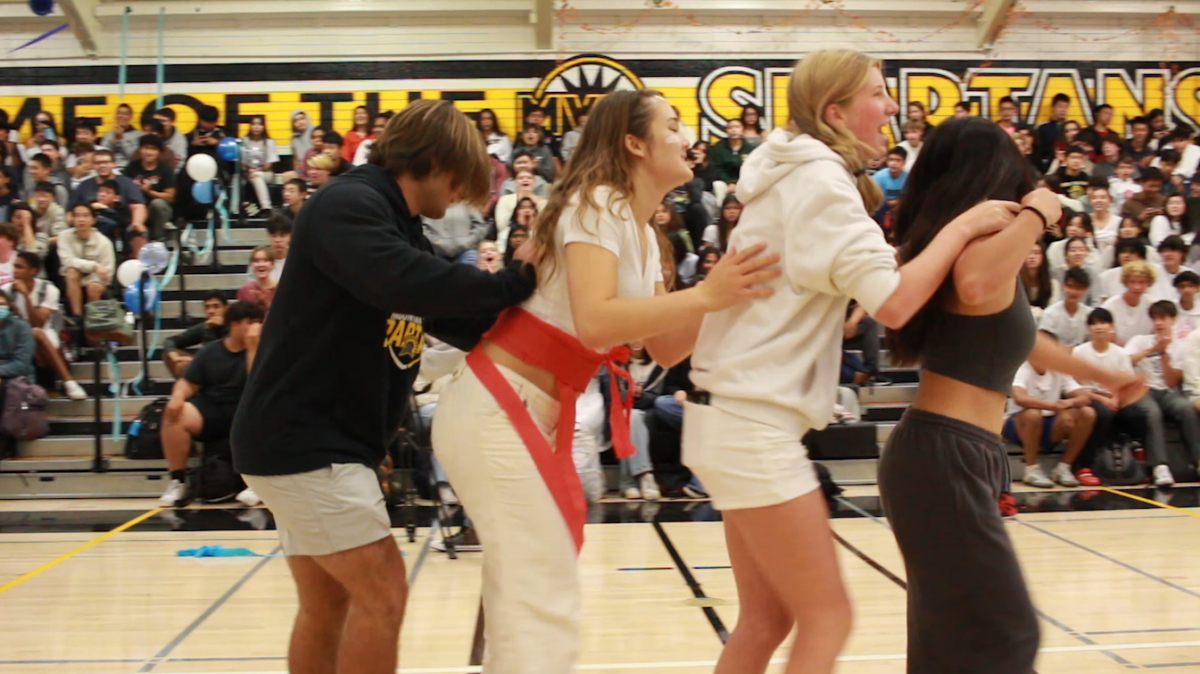
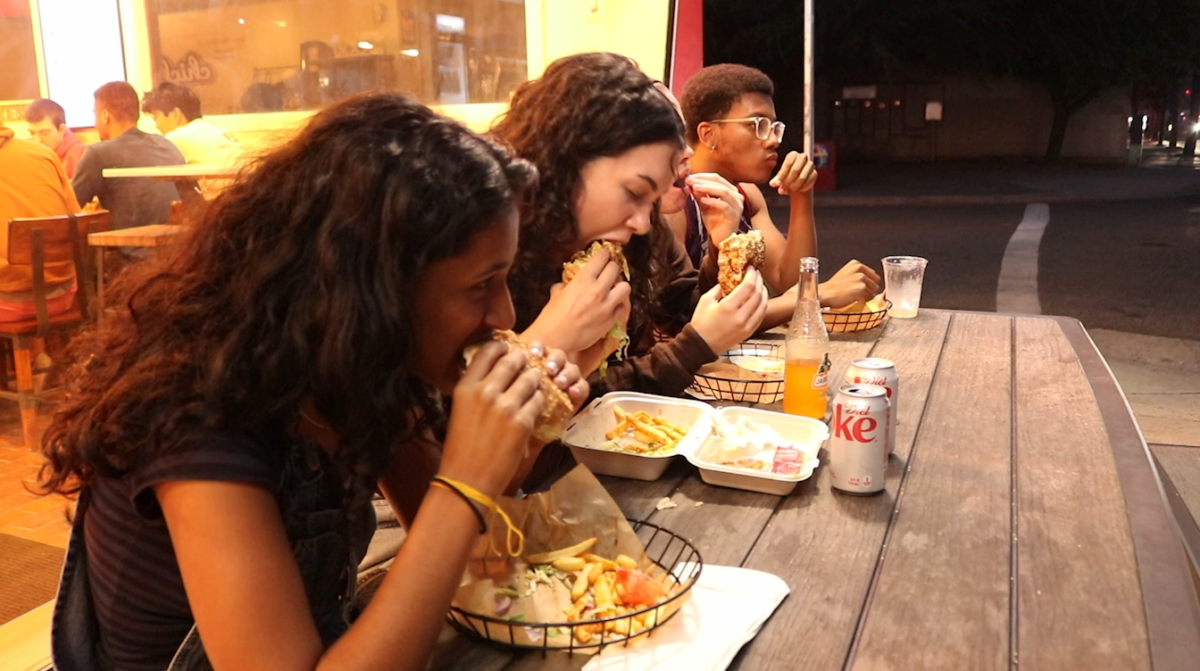
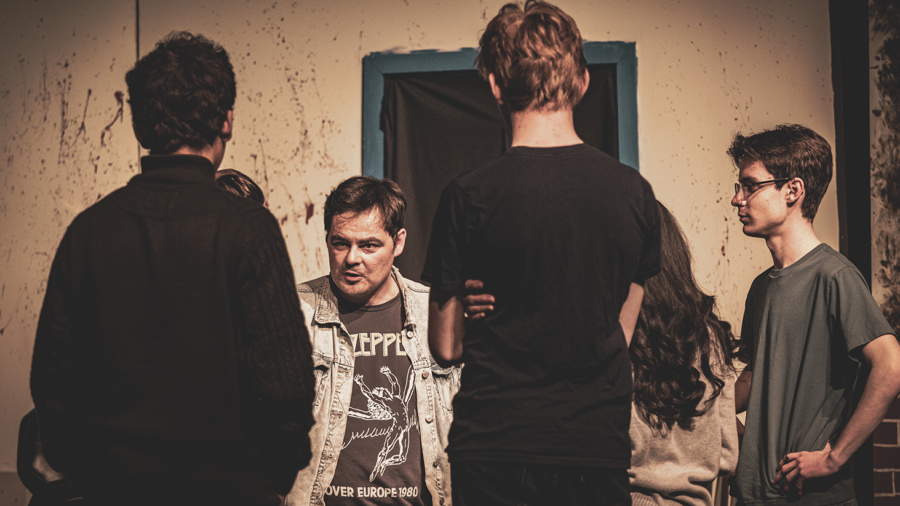
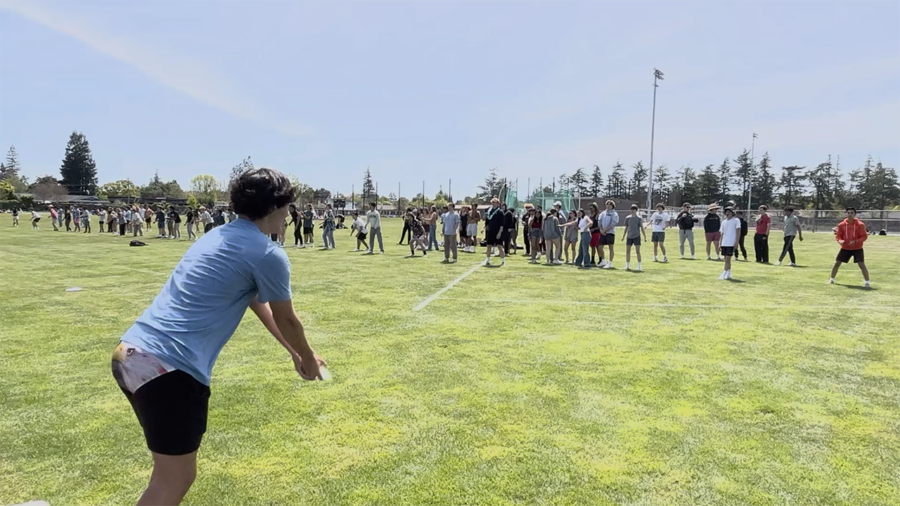

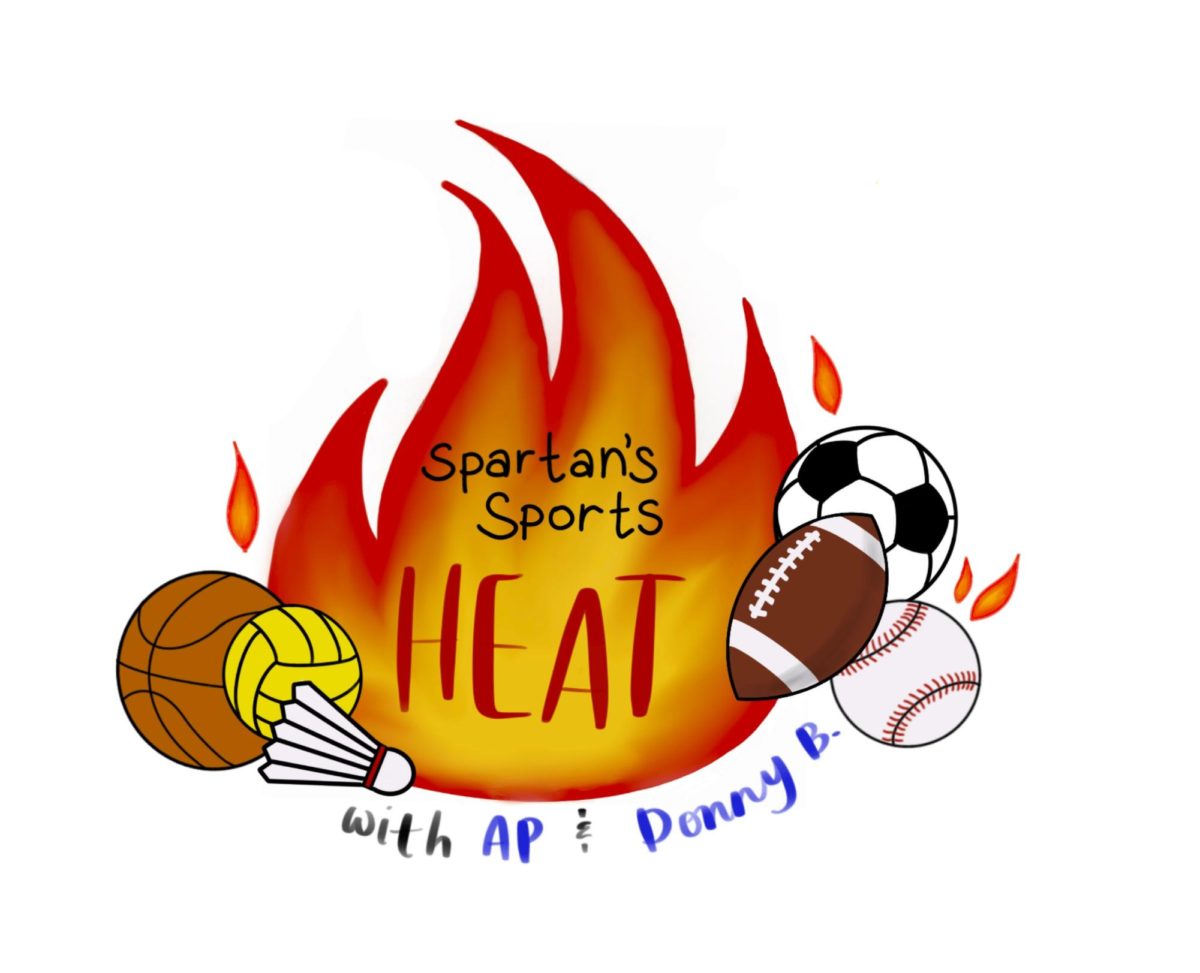
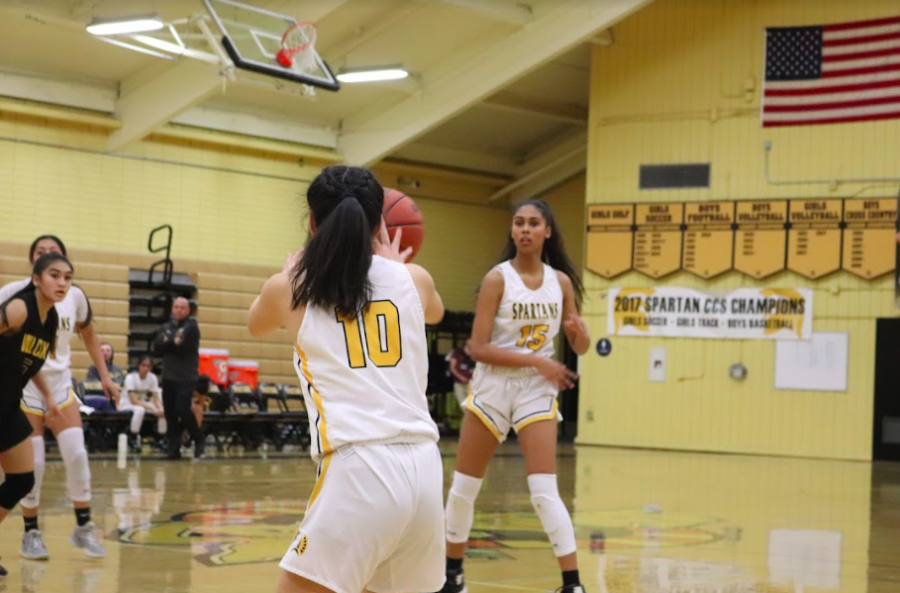


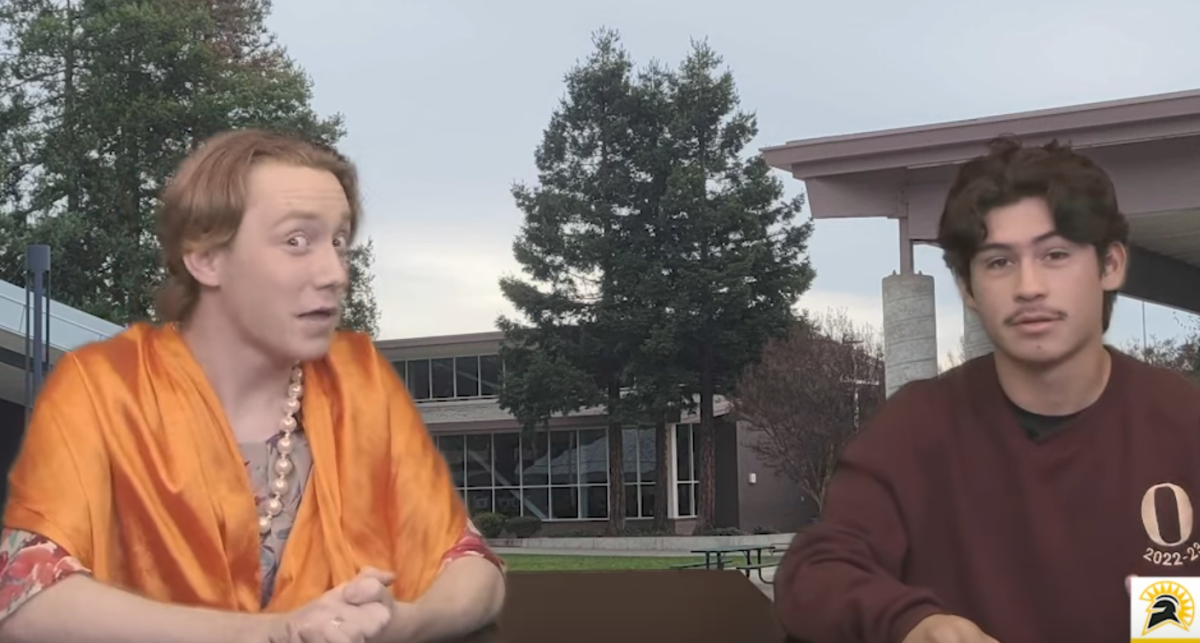
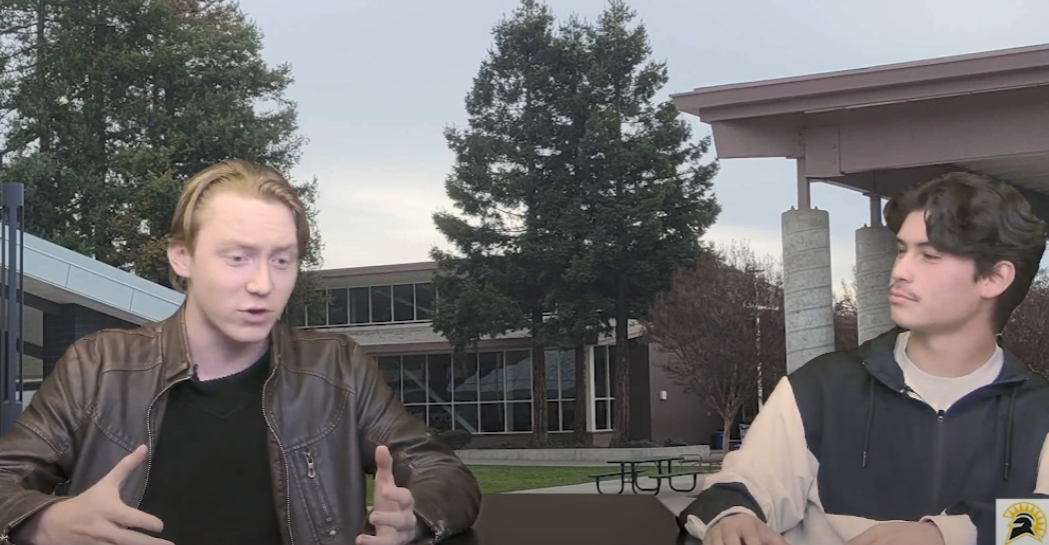



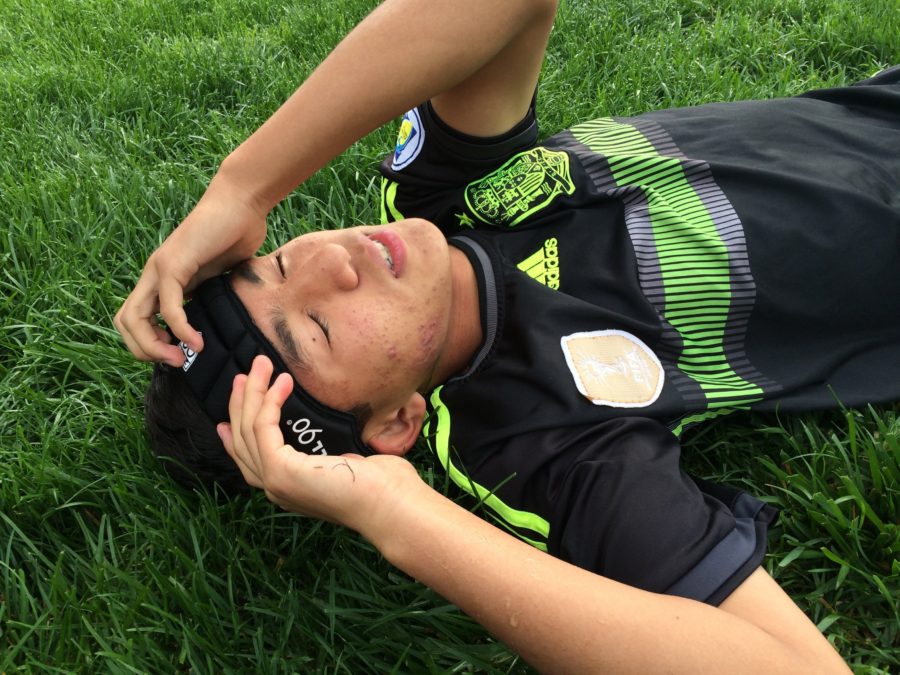
Anonymous • Sep 24, 2016 at 10:01 pm
Who is the sleeping guy in the photo?